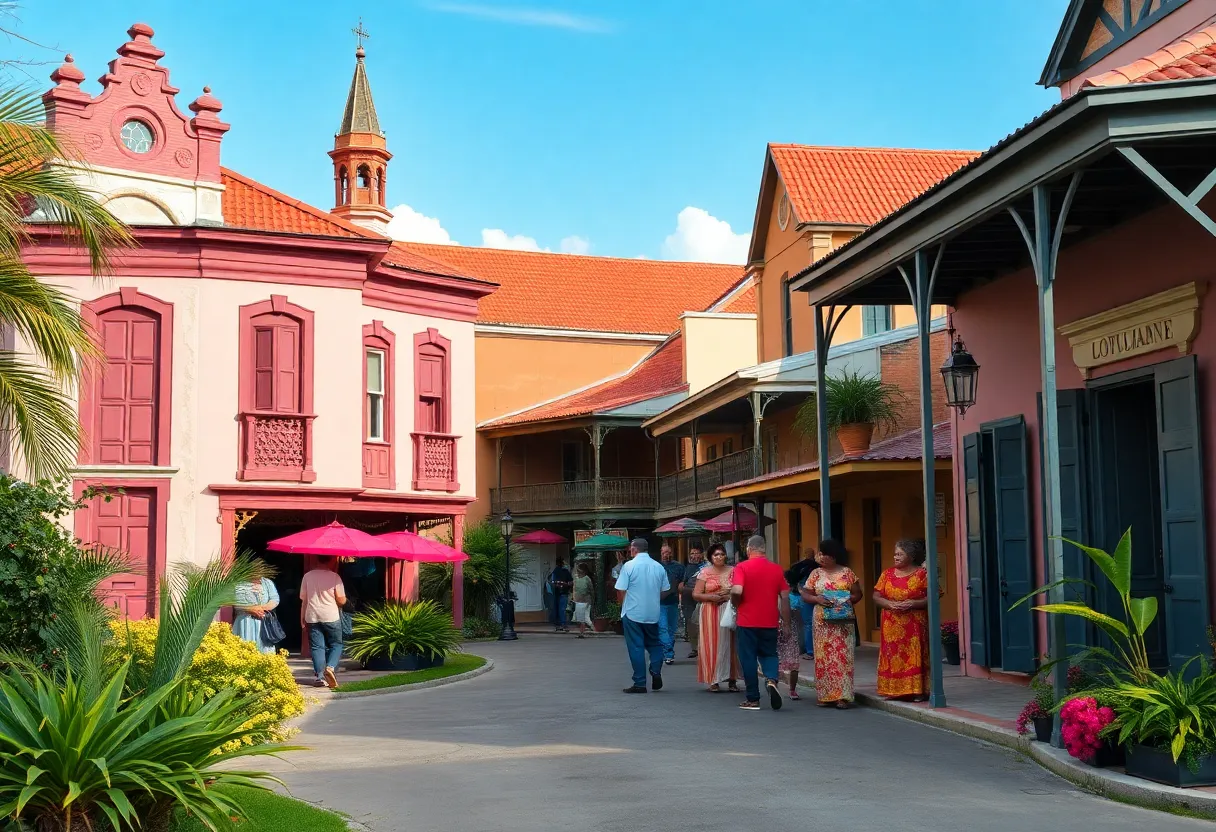

Exploring the deep cultural roots of Louisiana that contribute to diverse American identities.
Pope Leo XIV has made history as the first pope born in the U.S. His rich heritage ties back to Creole and free people of color from Louisiana, showcasing a unique cultural tapestry. Research into his ancestry reveals significant connections, reflecting on the history of Black Catholics in America and a journey of identity and authenticity. This discovery highlights the diverse backgrounds that shape the American narrative.
In a remarkable chapter of history for the Catholic Church, Pope Leo XIV has made headlines as the first-ever pope to be born in the United States. This isn’t just a matter of geographical significance; it highlights a rich and complex tapestry of ancestry that weaves together deep cultural roots and a profound historical narrative.
As researchers delve into the family history of this notable pope, they have uncovered stunning revelations about his diverse heritage. His ancestry stretches back to the Creole and free people of color from Louisiana, highlighting a fascinating angle on racial history in America. Genealogist Alex DaPaul Lee, who initially had his doubts about these claims, was led on an eye-opening journey that confirmed these powerful ancestral connections through meticulous research.
Before taking on the role of pope, he was known as Cardinal Robert Prevost. His family tree boasts a legacy of religious devotion, with many generations practicing Catholicism. The roots run deep, tracing back to the Seventh Ward of New Orleans, an area that has been central to the Louisiana Creole community.
The specifics of Pope Leo’s ancestry reveal that his great-great-grandmother, Celeste Lemelle, was born to two free people of color, illustrating the juxtaposition of freedom and inequality during that era. The Lemelle family was categorized as “quadroons” in 1798, a designation showing mixed African or Native American ancestry. This term reflects the intricate social classifications that existed in Louisiana, that had only three racial categories: the enslaved, Gens de Couleur Libres (free people of color), and the white planter class.
Celeste Lemelle’s family was among the most respected Creole families during the Antebellum period in Louisiana. She was a trailblazer, managing a business by 1833 and later acquiring land in 1850, capitalizing on the rights granted to free women of color in that time. Interestingly, changes in racial identity can be traced through census records; her son was listed as “mulatto” in 1870, but by 1880, he had been categorized as white.
Pope Leo’s ancestors likely left Louisiana during the Great Migration, seeking better job prospects and civil rights in Illinois. This past offers a peek into the broader picture of the cultural identity of Louisiana, suggesting that diverse backgrounds can create rich, inclusive narratives about the American experience.
The former mayor of New Orleans, Marc Morial, weighed in on the complexity of identity, noting how many feel the pressure to ‘escape their authenticity.’ It’s a reminder that each individual’s background matters and shapes their journey.
Pope Leo’s maternal grandparents were not only historically listed as Black or “mulatto,” but also lived within the culturally vibrant Seventh Ward, a neighborhood known for its strong Catholic roots. The genealogy work carried out by Jari C. Honora shed light on these connections, with findings corroborated by the pope’s older brother, John Prevost.
This journey into Pope Leo XIV’s background emphasizes the long-standing history of Black Catholics in America, highlighting both free individuals and those who were enslaved. It also serves as a poignant reminder that our histories and identities are deeply intertwined, offering a portrait of resilience and diversity in America.
Pope Leo XIV’s journey from the rich cultural milieu of Louisiana to the Vatican is more than just an inspiring story; it’s a living testament to the nuanced identities that make up the fabric of America. This discovery opens exciting dialogues about identity and heritage, reminding us that our backgrounds can weave together to form a more inclusive and vibrant narrative.
News Summary The family of Ashli Babbitt, who was killed during the Capitol riot, has…
News Summary Newark Mayor Ras Baraka has had federal trespassing charges dismissed, offering relief to…
News Summary A shocking car explosion outside a fertility clinic in Palm Springs sent the…
News Summary A bombing at the American Reproductive Centers in Palm Springs has left four…
News Summary Over 100 motorcyclists gathered in Asheville for the Distinguished Gentleman's Ride, raising funds…
News Summary Gastonia has appointed Eric Edgerton as the new City Attorney, succeeding Ash Smith…